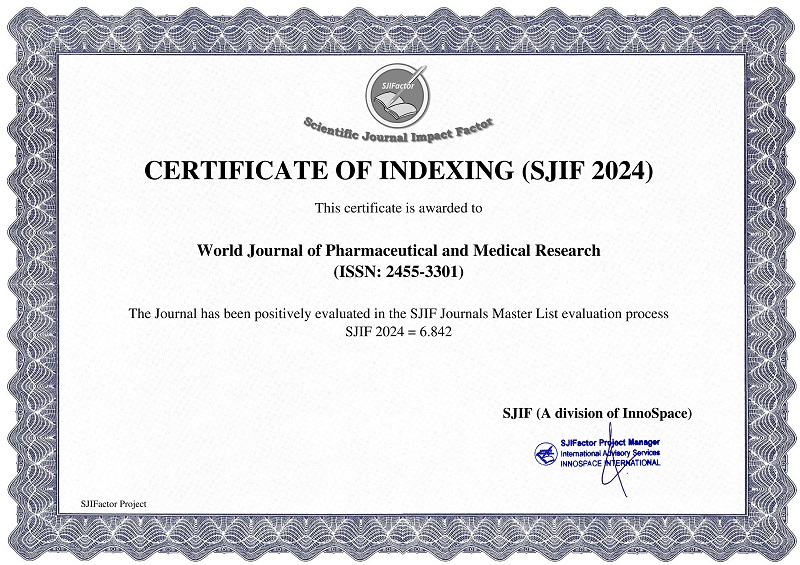A CRITICAL ANALYSIS OF SWASTHAVRUTTA'S FUNCTION IN SHALAKYA TANTRA
Priyanshu Kumar Singh*
ABSTRACT
"Swastha" is defined by Acharya Sushruta in the Sushruta Samhita as "Samadosha, Samamagnischa, Samadhatu malhkriyah!" Swastha iti abhidhiyate, Prasannatmendriya manah! A person is deemed healthy if their Aatma (Soul), Indriya (Senses), and Mana (Mind) are all content and their body's doshas (Humours), agni (Digestive fire), dhatus (Tissues), and malah kriya (Physiological functions of excretions, etc.) are all in balance. As a result, in addition to doshas, agni, and mala, our indriya, or sense organs, also need to be in good health, thus it's important to look after them. Shalakyatantra, a branch of Ayurveda, treats illnesses that arise above jatru and are mostly associated with the sense organs. Ayurveda offers information on lifestyle choices in addition to medical treatments. Ayurveda's primary goals are to treat patients' illnesses and preserve the health of those who are healthy. Everyone is so preoccupied with their jobs in the twenty-first century that they are unable to take time for their own health and suffer from various illnesses. Swathavrutta was described by Ayurveda as a way to preserve human health. Swasthvrutta offers proactive illness prevention as well as assistance in upholding a healthy lifestyle. Several Ayurvedic Acharyas, including Charak, Sushruta, and Vaghbhata, discussed Swasthvrutta in their Samhitas, demonstrating its significance in curing a variety of illnesses. Swasthvrutta aids in preserving the health of our entire body, but particularly that of our indriya, or sense organs, which include the nose, ears, and eyes. This article describes about benefits of Swasthvrutta for Shalakyatantra according to Ayurved point of view.
[Full Text Article] [Download Certificate]



